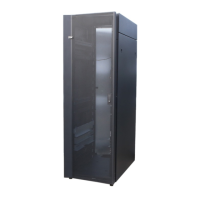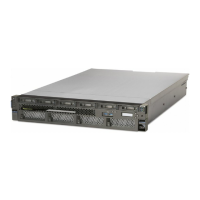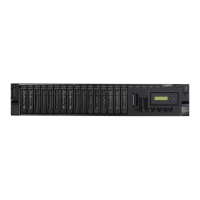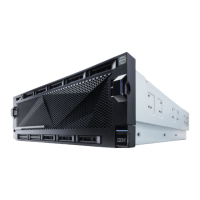To cable your server:
Before you begin
__ If you have hardware features that are not installed, install them now. For instructions, see Installing features
and replacing parts.
Connecting the serial cable
__ Connect one end of a null modem cable to a system port on the back of your server, and the other end to a
serial port on a PC that has Microsoft Internet Explorer 6.0, Netscape 7.1, or Opera 7.23 installed. See References
for a back view of the model.
Cabling the expansion units
__ Do you have an expansion unit?
v Yes. See Expansion units for instructions on the following tasks:
– Setting up an expansion unit
– Creating a new RIO/HSL or SPCN loop
– Adding a system or expansion unit into an existing RIO/HSL or SPCN loop
Note: Do not plug the expansion-unit power cord into the power outlet, as directed by the instructions in
Expansion units, until later in this checklist.
v No. Proceed to the next section, Connecting the external cables.
Connecting the external cables
__ If you are using any optional adapters (such as token ring or 8-port EIA-232), connect the cables to the
appropriate adapter connectors in the PCI slots of your machine.
See Adapters, Devices, and Cable Information for Multiple Bus Systems for a description of cables and adapters
that might be installed on your server.
Note: If the cable did not come with your server, you will have to supply it.
Connecting the server’s power cord
__ You should route the server’s power cord through the retention ring or under the retention bracket that is
provided to prevent the power cord from becoming unplugged unexpectedly.
Cabling your server 131

